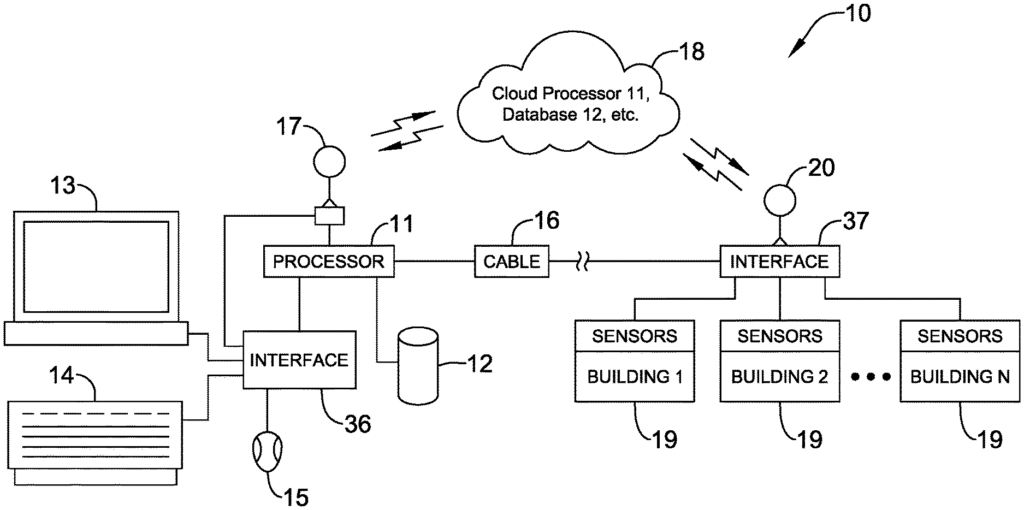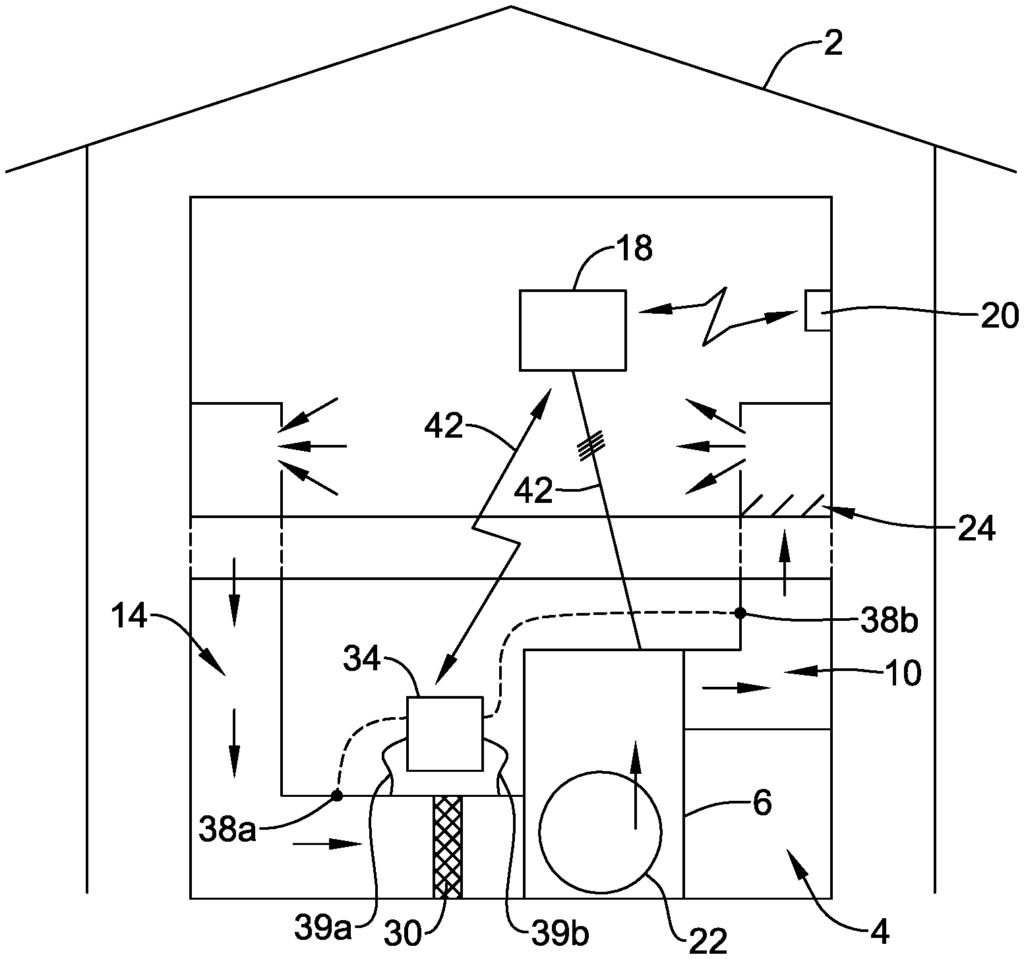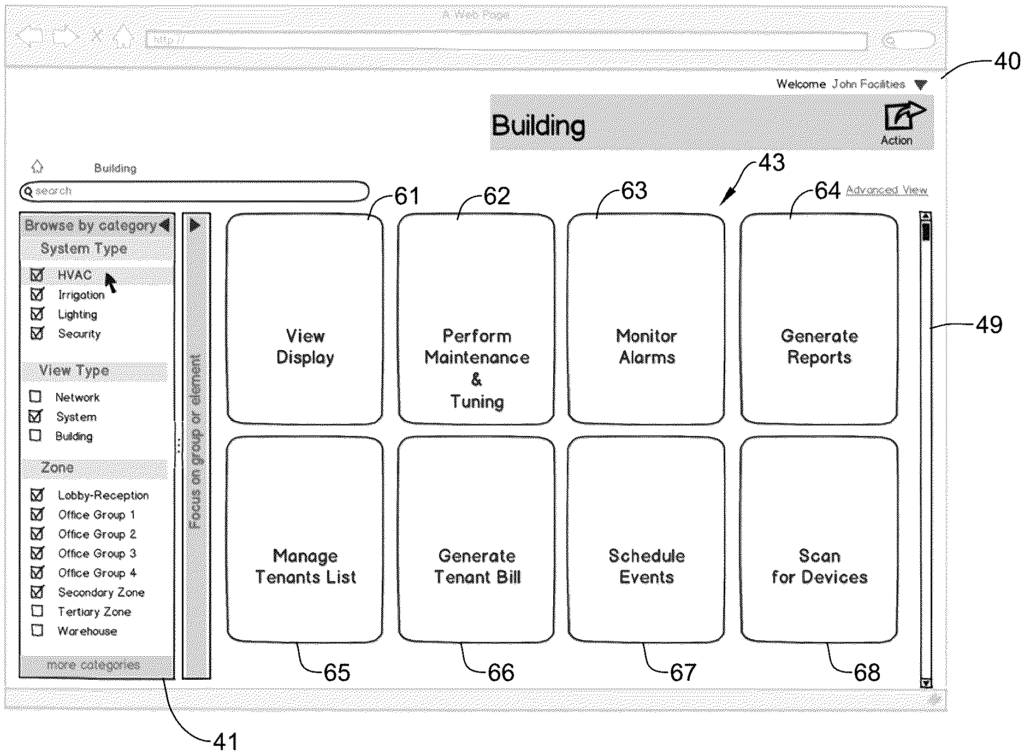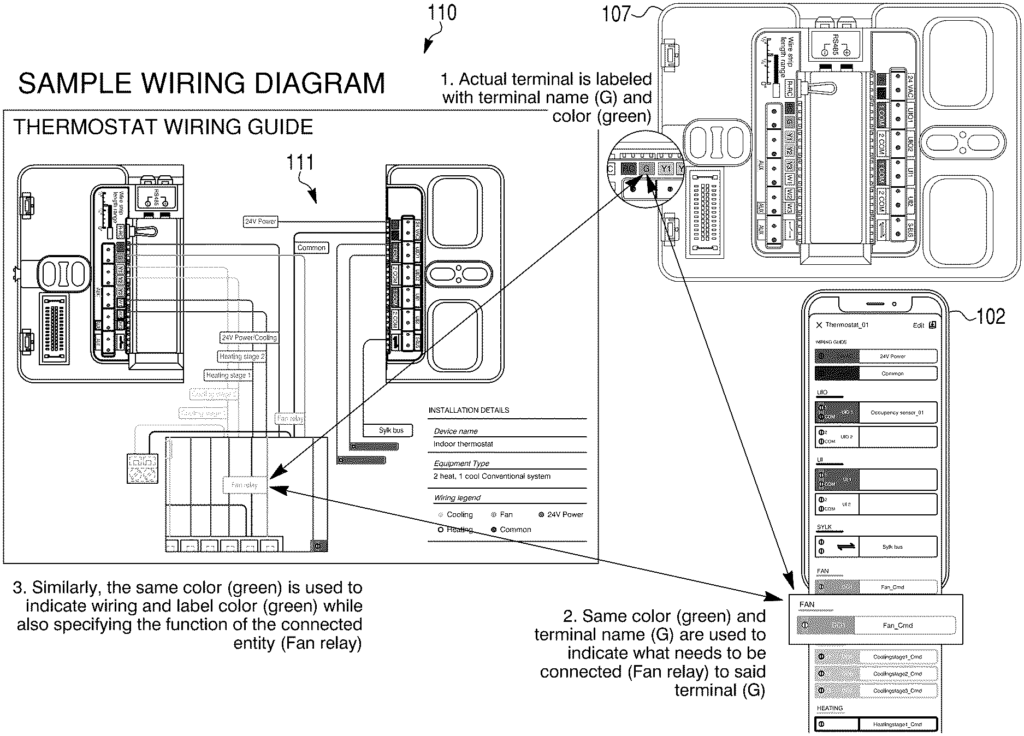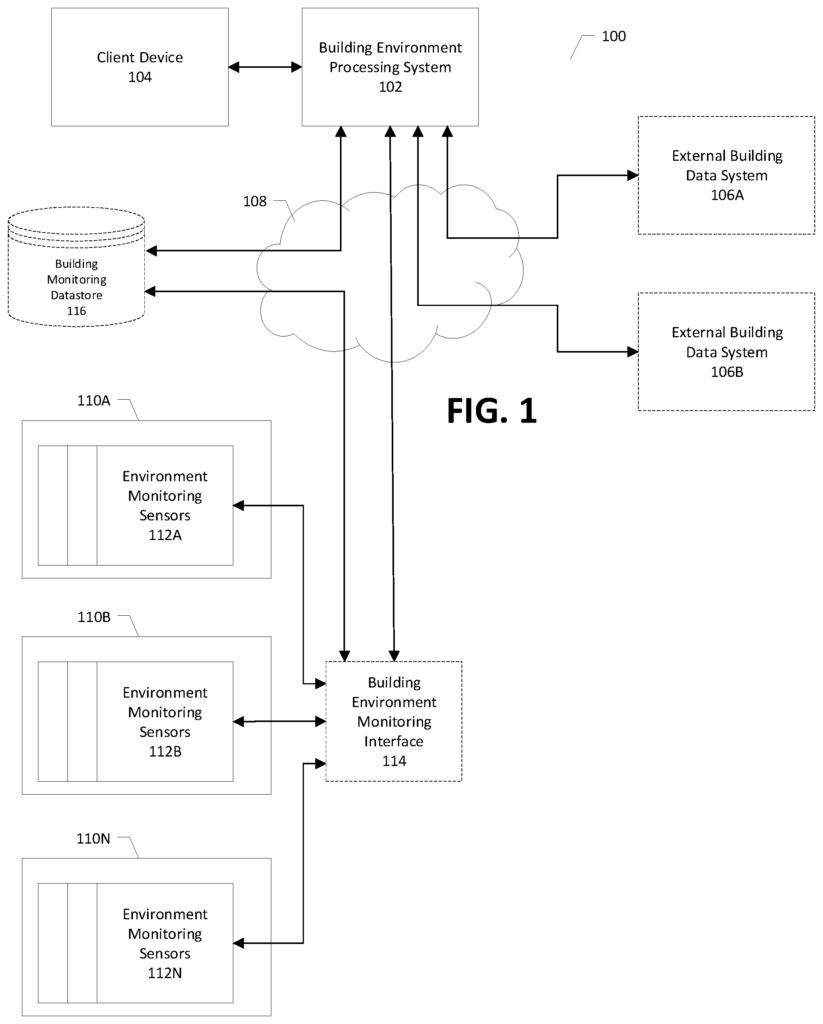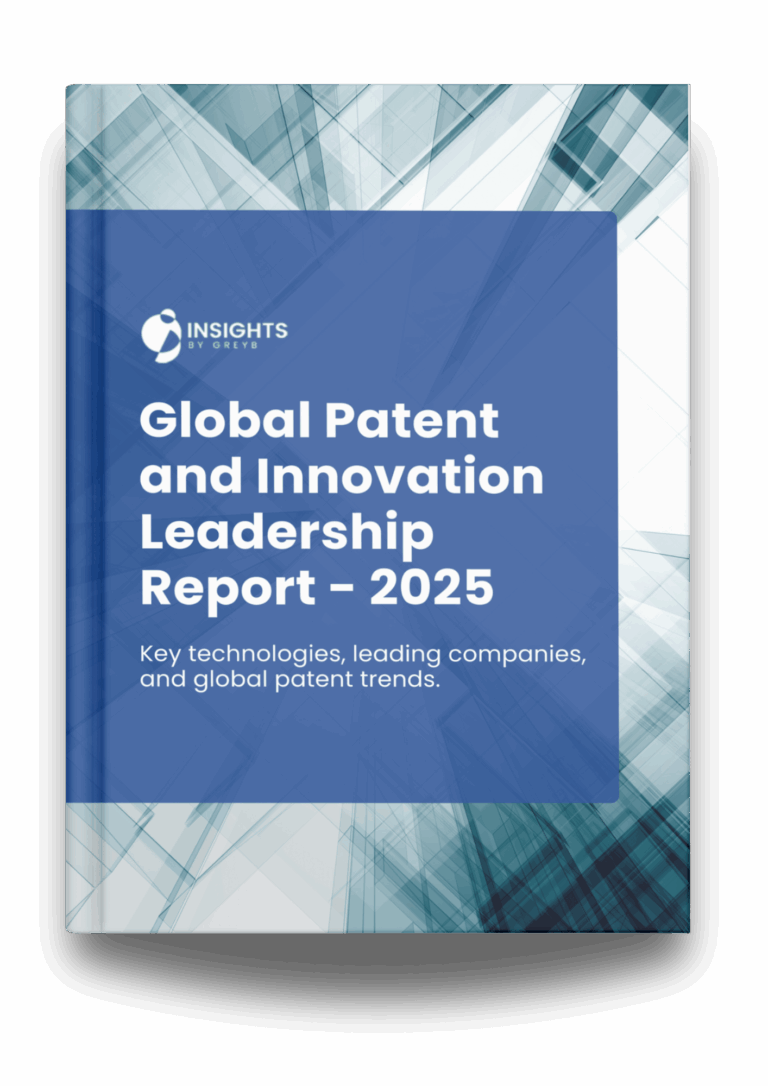Honeywell has introduced a new advanced building (Smart Buildings Technology) control platform, which represents a huge advance in building management. Built-in cybersecurity, faster network speeds, and tools to enhance building intelligence, security, and resilience happen to all come as standard on the platform. There are also modules for reducing energy consumption of course it can’t be too long before there’s a wider range of associated products that embrace smart building technology such as smart building sensors. It addresses the increasing demand for sustainable, connected buildings with an emphasis on proactive maintenance and emissions reduction.
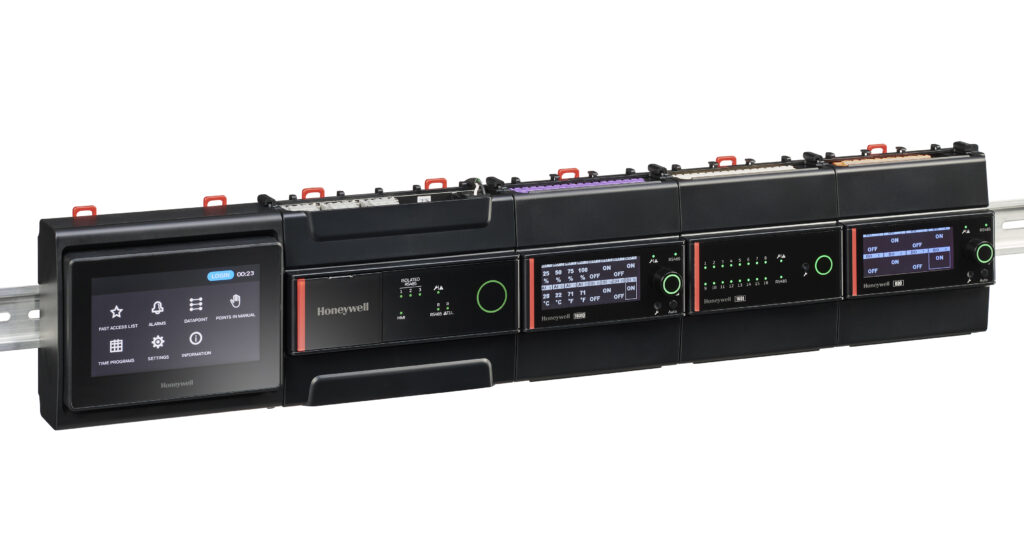
What is smart buildings and it’s functionality?
Smart Building (Honeywell Optimizer Suite) is a type of building that uses technologies to make it more efficient for in terms of use, but also way safer than from construction. Smart buildings using sensors, automation, and IoT devices integrate building management with systems such as HVAC (heating/cooling), lighting, security to streamline operations and reduce energy usage.
- Energy Efficiency:
- Automated Control: Sensors adjust lighting and temperature as per occupancy and natural light, thus saving energy.
- Energy Management: Real-time monitoring reduces waste and costs.
- Comfort and Convenience:
- Personalized Environment: Occupants can control lighting and temperature using apps or voice.
- Automated Maintenance: Predictive systems take care of scheduling maintenance to minimize downtime.
- Enhanced Security:
- Smart Surveillance: Integrated systems keep a lookout on the building and notify the authorities of any threats.
- Access Control: Entry is secured with biometric or keycard systems, which also keep a tab on movement.
- Sustainability:
- Resource Management: Monitors and manages resources like water and electricity to minimize waste.
- Renewable Energy: Incorporates solar panels or other renewable sources to reduce traditional energy reliance.
- Health and Safety:
- Air Quality Control: Sensors adjust ventilation to maintain a healthy indoor environment.
- Emergency Response: Systems detect hazards, trigger alarms, and guide occupants to safety.
- Data-Driven Insights:
- Building Analytics: Collects and analyses data to improve system performance.
- Predictive Maintenance: Anticipates issues before they arise, preventing failures and extending system life.
Patents Description:
We’ve analyzed key patents related to Honeywell Smart Buildings. Read the summary below and discover the ingenious innovations behind this breakthrough technology!
- In this US20230039468A1 patent, a system is introduced that utilizes data analytics and machine learning and optimizes the operating environment of a building in real-time. The disadvantage addressed by this system is the inefficiency of energy use and environmental control. The solution proposed by this patent benefits comfort and efficiency by making the optimization procedure adaptable for every moment’s environmental changes.
- Underlying Technology: Intelligent Environmental Control Systems
- The US20230349578A1 patent system introduced in the second patent utilizes outside weather forecast information and occupancy data in order to tailor the energy used by the building. The disadvantage solved in this patent is the high rate of energy waste and the resulting high costs. The solution gathered in this patent ensures that energy is only used and precisely used when it is needed it. Both heating and cooling the building and lighting it are all adjusted automatically in response to the real-time data received.
- Underlying Technology: Energy Optimization Systems
- The patent US11868104B2 describes the unified control platform which integrates the various building systems (HVAC, lighting and security, for example) into a single, cohesive system. This technology solves the problem of having multiple, disconnected systems under one roof by turning it into a total waste of time and money. By putting all of these systems on one platform for management, operations become more efficient. It is easy to maintain a low-carbon environment this way- just look at those numbers.
- Underlying Technology: Integrated Building Management Systems
- The patent US12038729B2 describes a system using advanced algorithms for energy consumption optimization based on time-domain sensor data combined with external factors. In this way it reduces energy waste and operational expense.
- Underlying Technology: Real-Time Energy Management Systems
- The patent US11769099B2 forecasts future energy needs based on past and present data through the use of predictive analytics. It solves the problem of reactive energy management by pro-actively optimizing energy use, hence cutting waste and costs.
- Underlying Technology: Predictive Energy Management Systems
Who Are Other Competitors Are Doing Business In Similar Technology?
Honeywell Smart Buildings (Optimizer Suite) distinguish themselves through their advanced AI-driven automation and seamless IoT connectivity:
- Johnson Controls offers strong solutions but lacks Honeywell’s integrated automation and real-time data capabilities.
- Siemens provides effective energy management but doesn’t match Honeywell’s cohesive user experience.
- Schneider Electric focuses on energy efficiency but falls short of Honeywell’s predictive analytics and environmental controls.
Honeywell Smart Buildings are transforming urban environments by enhancing sustainability, reducing costs, and improving occupant comfort with their innovative, integrated technology.
Smart buildings use advanced technology to improve efficiency, comfort, and security by integrating systems like HVAC, lighting, and security into a central control platform. They manage energy use to cut costs, automate adjustments based on occupancy, and enhance security with advanced monitoring. Occupant comfort is optimized, and IoT connectivity ensures seamless system integration. Predictive maintenance helps prevent equipment issues. Overall, smart buildings create more sustainable, efficient, and comfortable environments through technology and real-time data.
Need to know anything else? We got you covered!

